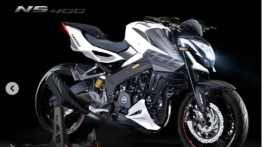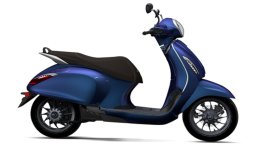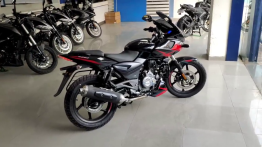Bajaj Auto has revised the prices of its Pulsar 150 range of motorcycles. The list includes the Pulsar 150 Neon, Pulsar 150 Classic and the Pulsar 150 Twin Disc. The company has increased the price of the 2019 Dominar 400 (UG) as well.
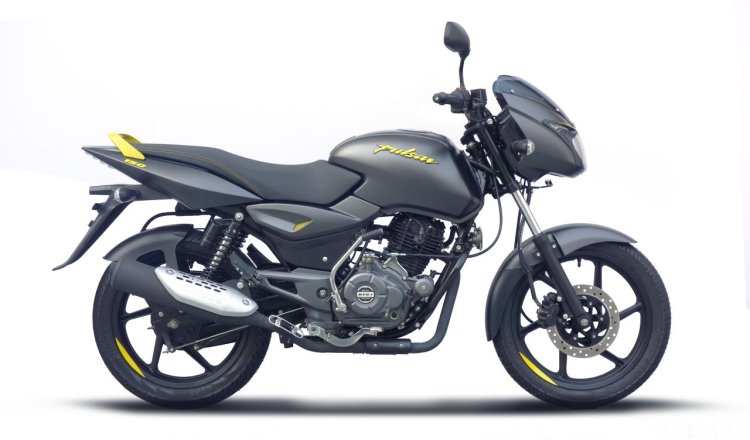
Also Read: Bajaj Pulsar 150 Classic BS-VI makes spy photo debut
Check out the updated prices* (vs. old prices*) in the table below:
| Model | New Price | Old Price |
| Pulsar 150 Neon | INR 71,200 | INR 68,250 |
| Pulsar 150 Classic (Rear Drum) | INR 84,960 | INR 84,461 |
| Pulsar 150 Twin Disc | INR 88,838 | INR 88,339 |
Post the price increase, the entry-level Pulsar 150 retails at INR 71,200*, which is INR 2,950 more than the previous levels. The Pulsar 150 Classic and the 150 Twin Disc get a relatively lower rise of INR 499 each.
All three models continue to feature the same specifications as before. The Pulsar 150 range uses a 149.5 cc SOHC, 2-Valve, air-cooled, single-cylinder, Twin Spark DTS-i engine that churns out 14 PS of power at 8,000 rpm and 13.4 Nm of peak torque at 6,000 rpm. The Pulsar 150 Neon and Pulsar 150 Classic use a rear drum brake, while the Twin Disc variant packs a disc at the back. All three variants are equipped with single-channel ABS.
Bringing the price of Pulsar 150 Neon higher will widen the gap between the current entry-level model and the upcoming Pulsar 125. The smallest displacement Bajaj Pulsar motorcycle in the Indian market will reportedly arrive in August, just ahead of the festive season. The power output figure of the Pulsar 125's engine will be reportedly similar to that of the Pulsar 135. Thus, the single-cylinder, air-cooled engine on the Pulsar 125 will make 13.5 BHP (13.68 PS) and approximately 12 Nm of peak torque. In comparison, the engine of the Bajaj Pulsar NS125 (carburettor model), which is available in select international markets, churns out 12 PS and 10.8 Nm.
Having an engine with a displacement under 125 cc (most likely 124.5 cc), the upcoming Bajaj Pulsar 125 may come with a combi-braking system to keep the prices competitive. Styling cues will be similar to the Pulsar 150 range, although it will most likely miss the engine cowl that is seen on the Pulsar 150 Classic and Pulsar 150 Twin-disc.
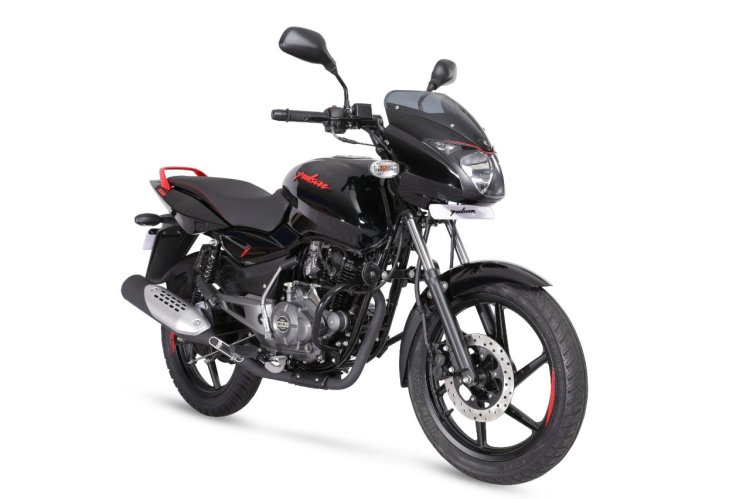
Also Read: BS-VI 2020 Bajaj Platina makes spy photo debut
Anchoring department is likely to include a disc brake at the front and a drum unit at the back. Shock absorption hardware will include conventional telescopic forks at the front and twin-sided, gas-charged springs at the back.



